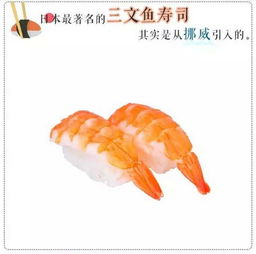
Foo

d is an essential part of our daily lives, and we all have our favorite dishes and cuisines. But there are some fascinating facts and trivia about food that most people may not know about. From the history of certain ingredients to the science behind our taste perceptions, here are some interesting and surprising food-related cold facts.
1. The world's most expensive spice is saffron, which is made from the stigmas of the crocus flower. It takes around 75,000 flowers to produce one pound of saffron, which explains why it is so costly. Saffron is used in many dishes, especially in Middle Eastern and Asian cuisines, and gives dishes a distinctive yellow color and a unique taste.
2. The tongue map that many of us learned in school, where different areas of the tongue are responsible for different taste sensations, is a myth. In reality, all taste is detected by all areas of the tongue, and each taste receptor can detect all five basic tastes of sweet, salty, bitter, sour, and umami (savory).
3. In ancient times, food preservation was a challenge, and people used various techniques to preserve food for longer periods. One of the oldest and most popular methods was fermentation, which is still used today to make foods like yogurt, cheese, pickles, and sauerkraut. Fermentation involves the use of microbes to break down the natural sugars in food and produce lactic acid, which acts as a natural preservative.
4. Chocolate was originally consumed in the form of a bitter drink rather than a sweet dessert. The ancient Mayans and Aztecs used cocoa beans to make a frothy, spicy drink that was considered a luxury item. It wasn't until the 16th century that sugar was added to chocolate to make it sweeter and more appealing to Europeans.
5. The avocado is a fruit, not a vegetable, and it belongs to the same family as cinnamon, camphor, and bay laurel. Avocados are also high in healthy fats, vitamins, and minerals, making them a popular addition to many diets.
6. The color of an eggshell does not affect the nutritional value or taste of the egg. The color is determined by the breed of the chicken and has nothing to do with the egg's quality or flavor.
7. The first recorded use of chopsticks dates back to ancient China around 1200 BCE. The utensil was originally used for cooking, and it wasn't until the Han dynasty (206 BCE-220 CE) that chopsticks became a common eating utensil.
8. The reason onions make us cry is that they contain a volatile compound called syn-propanethial-S-oxide, which is released when onions are sliced. This compound irritates our eyes and triggers a tear reflex, leading to the familiar sensation of onion-induced tears.
9. The tongue is not the only sense organ involved in our perception of taste. The sense of smell also plays a significant role in how we experience flavors, as the aroma of food is closely linked to our taste perception. In fact, many of the subtle nuances of flavor that we appreciate in food are actually the result of the interplay between taste and smell.
In conclusion, food is much more than just a source of sustenance. It is a rich and complex subject, with countless histories, traditions, and scientific principles underlying the many flavors, tastes, and textures of the foods we love. By learning more about the fascinating facts and trivia of food, we can deepen our appreciation and enjoyment of this essential aspect of our lives.